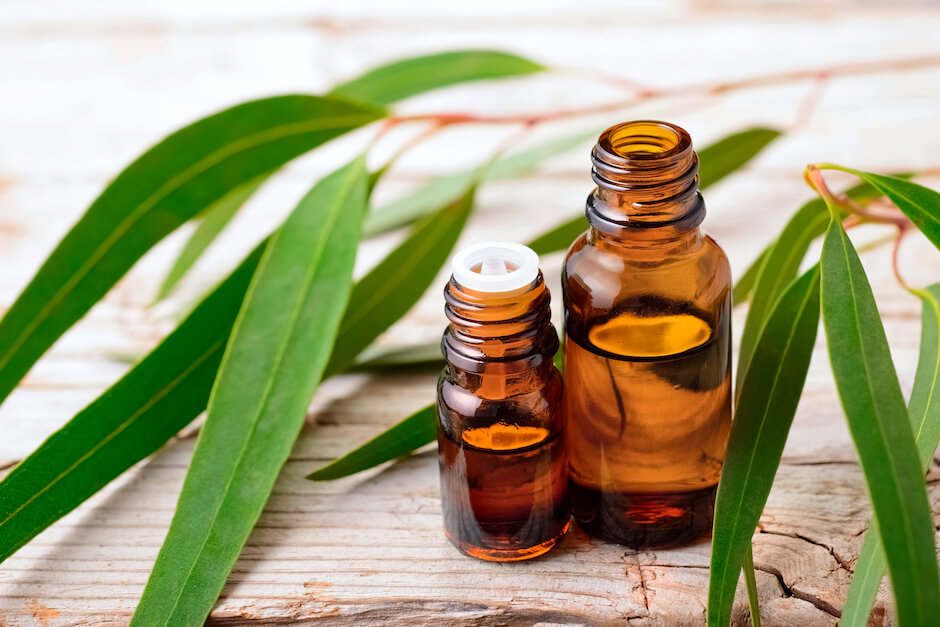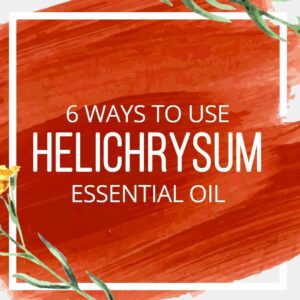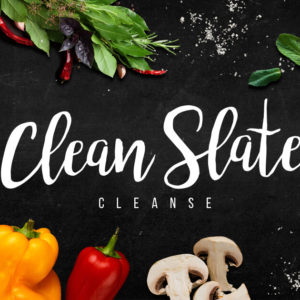When it comes to safety of eucalyptus essential oil, the constituent that comes under fire is 1,8 – cineole. It exists in varying levels in different species of eucalyptus. Let’s examine the cautions and practical solutions regarding this constituent.
What is 1,8 – cineole?
1,8 – cineole, also know as eucalyptol, is found in many essential oils, including all eucalyptus varieties, marjoram, ravensara, rosemary, bay laurel, myrtle, cardamom, and several others. (See table 62 in The Chemistry of Essential Oils Made Simple.) It is an oxide with a minty, cool flavor and aroma. Eucalyptol is frequently used for respiratory support, as well as in toothpastes, as a flavoring agent, in personal care products, and even as an additive in cigarettes.
Concerns
While many people love using eucalyptus and other oils containing 1,8 – cineole, others have concerns regarding the safety of this constituent.
Seizures
Some studies give reason for concern when using 1,8 – cineole in people with epilepsy or other seizure disorders. The problem with this data is that it relies primarily on studies where the constituent was isolated and administered in large doses. Dose and concentration are so important with the use of any oil, and isolating the constituents can be dangerous. Other compounds in a whole oil provide a “buffering effect”, whereas an isolated compound may be too potent.

Let’s evaluate some individual reports. Of 291 calls to the Poison Control Center regarding contraindications involving eucalyptol, only 2 (0.8%) reported seizures. Most calls were reports of cough and vomiting. One of those with seizures was a 14-month-old boy who “ingested an unknown amount of 20% camphorated oil and spilled a large amount on his clothing.” His symptoms subsided 7 hours after exposure. The other case was a “19-month-old female who ate approximately 50 mL of Vicks VapoRub ointment. One hour later she had a seizure at home and appeared lethargic afterwards.” Within 4 hours after exposure, she was free of symptoms. It’s important to note that these are cases in very small children who ingested a large quantity of eucalyptol.
Seizures resulting from essential oil usage are rare. As you can see, even for people with seizure disorders, it really boils down to the dose and the concentration of 1,8-cineole. Seizures have been induced by eucalyptus essential oil and eucalyptus containing products, BUT only when the dose was extremely high (10 or more milliliters). As always, if you are considering using 10 or more milliliters, do not pass go, do not collect $200, phone a friend, and then use way less oil.
Respiratory distress
1,8-cineole is a TRMP8 agonist. This means it interacts with the body’s cold and menthol receptor to produce a cooling sensation. Similarly to cold air, menthol and eucalyptol may slow respiration due to stimulation of the cold receptor. Quite the opposite, other studies report the anti-inflammatory action of this compound on airways.
Choices, choices
Avoidance
If you or your child suffer from epilepsy, seizures, or respiratory disorders, you may choose to avoid essential oils containing eucalyptol or menthol.
Variety Choice
If you want to be cautious with eucalyptus, you can choose a variety with a lower concentration of 1,8-cineole. Keeping in mind that essential oil constituents vary from batch to batch, here is an estimate of concentrations:
- 85-95% – Eucalyptus polybractea
- 60-75% – Eucalyptus globulus
- 60-75% – Eucalyptus radiata
- 0-1% – Eucalyptus dives

Dilution
Especially for infants and very young children, it is wise to dilute all essential oils and to avoid applying on or around the face or hands. And it is ultra important to always keep your essential oils out of reach of children.
Whether you choose to avoid oils containing 1,8 – cineole or use with caution, it’s important to understand the facts and make a decision with which you are comfortable. Some people choose to avoid eucalyptus if they have epilepsy. Others simply choose a species with less 1,8-cineole. Just don’t overdo it on the dosage, choose a 100% pure essential oil, and start low and go slow.
What is your experience?
I’d love to hear your thoughts about using eucalyptus with children. Comment and share your insight below.
You may want to also check out this post, Eucalyptus and Peppermint Oil in Children.












